Texture is most certainly this album’s ambassador, but it’s not just experimentation with noise. There’s a lot of subtlety and continuity, both of which make the album work as well as it does in the end.
Music that slowly rots away
Music that slowly rots away is one thing I particularly like; I like this idea of the music just dying as it moves forward, not because it’s some kind of philosophical metaphor for something, not because of the concept behind it, but just because it sounds cool to me. You may think of plenty of records like that, most of them likely being conceptual, and to that list you may want to add Dusted in Darkness, which does not seem to have much of a concept from what I’m able to extrapolate—it does sound cool, like I like ’em.
I’m not even really sure if the goal of the music is to get more and more desolate as the album progresses, but the titles do seem to slowly slide into more unpleasant territory; I mean, you begin with “Mists” and end up being able to see nothing with “Blackout,” and the tracks “Dusk” and “Nightfall” are ordered like that, with “Desolate” right in between them, it doesn’t seem like it’s much of a coincidence to me. Whether it is or not and whether my detective sense is or isn’t lacking doesn’t really matter though, because that’s how the music goes anyways; it starts off with some pretty spacious tracks, and slowly but surely you get more ominous noise and more minimalistic sound palettes.
For example, the closer “Blackout” is kind of just that, a repeating wall with pretty much nothing else added to it; the previous tracks have more body to them, but they’re also dark and unnerving, just not as endlessly repeating as the closer, so it’s pretty clear how you gradually get into more unnerving tracks as the album proceeds.
The music never sits still ::
This record is overall very homogenous, as you may expect, but more or less every track has its own distinctive feature. It also helps that the music never sits still, it’s almost like a constant and smooth gradient, as each piece slowly morphs into a different atmosphere; it’s hard to really tell what changes and when, and it’s also hard to tell if there’s actually something happening if you aren’t paying a bit of attention, but this never-ending flow of sound pulls me in very effectively. This is definitely one of the most engaging ambient records I’ve heard in quite a bit, despite its lack of memorability; the spaciousness of the music is great, it’s what ultimately makes it so immersive. The continuity of it also aids a lot, as I don’t zone out until the last few tracks, which are kind of meant to be zoned out to, I suppose, given how bareboned everything starts to become.
Even if you could sum this album up as an emulsified grey pulp, there’s certainly moments that stick out. The first two tracks are definitely in that list, “Shadowland” especially, which is also my favorite piece on the record. I love this looped pulse at the beginning, it’s really really unsettling to listen to because it mimics some kind of alarm, something you do not want to listen to repeatedly—in real life scenarios mainly because it’s annoying, here it’s because you can’t really do anything about it and it’s constantly stressing you out. What I mostly love about this track is how it completely switches in its second half, suddenly becoming almost ethereal. The atmosphere throughout this entire piece is fantastic, but it works so great because it still works as one whole work.
The aptly titled “Subzero” reminds me of some sleepresearch_facility works, with its freezing atmosphere and mechanical noises, while the following “Dusk” is the first of the doom tracks of this record, commencing the slow walk into the dark. Its atmosphere drags on until the end of the album, with “Desolate” emphasizing a bit of minimalism—who would have though from the title—and “Nightfall” being one of the most unpleasant tracks on the record, like a black grimy wind blowing in your face.
Texture is most certainly this album’s ambassador, but it’s not just experimentation with noise. There’s a lot of subtlety and continuity, both of which make the album work as well as it does in the end. While it does start to get a bit redundant by the time it’s over, Dusted in Darkness has a super captivating atmosphere, an atmosphere of which I was prey, because I really got lured into this LP thanks to how nicely assembled it is. It’s got chops!
Jimmy Peggie is a Scottish born artist based in Phoenix, AZ working with sound and images. His artistic work is focused on natural phenomena with an appreciation that all things are in a state of flux—ever changing, imperfect and incomplete—using this to help identify natural process, a sense of place and the transient nature of all things.
Dusted in Darkness is available on Bandcamp.













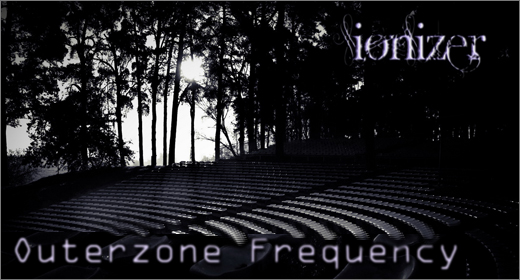
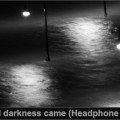
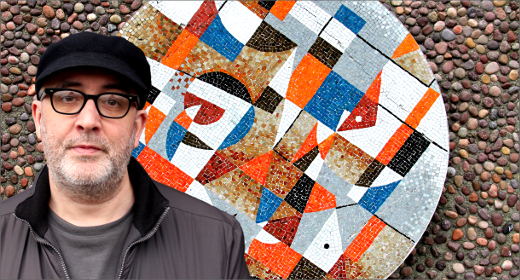
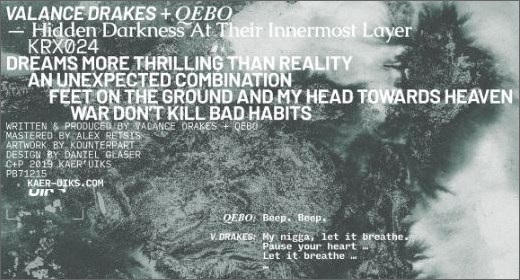
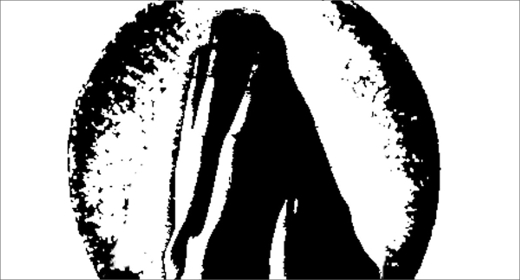

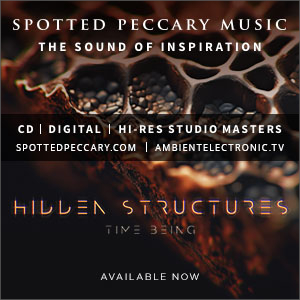

![Luke’s Anger :: Ceiling Walker EP (Love Love) — [concise]](https://igloomag.com/wp/wp-content/uploads/2025/04/lukes-anger-ceiling-walker-vinyl_feat-75x75.jpg)

![Ndorfik & madebyitself :: Solos EP (People Can Listen) — [concise]](https://igloomag.com/wp/wp-content/uploads/2025/04/ndorfik-madebyitself-solos_feat-75x75.jpg)





